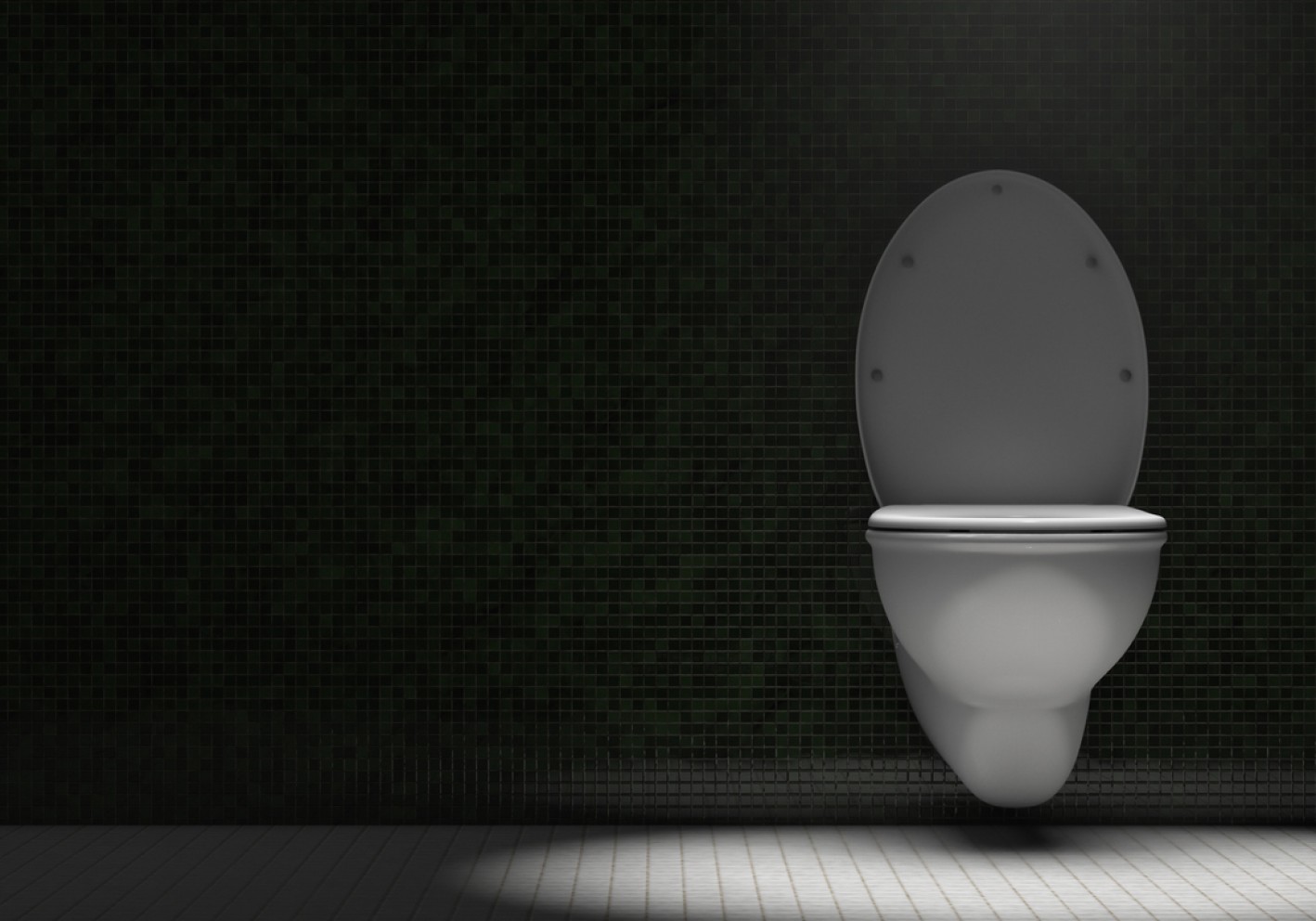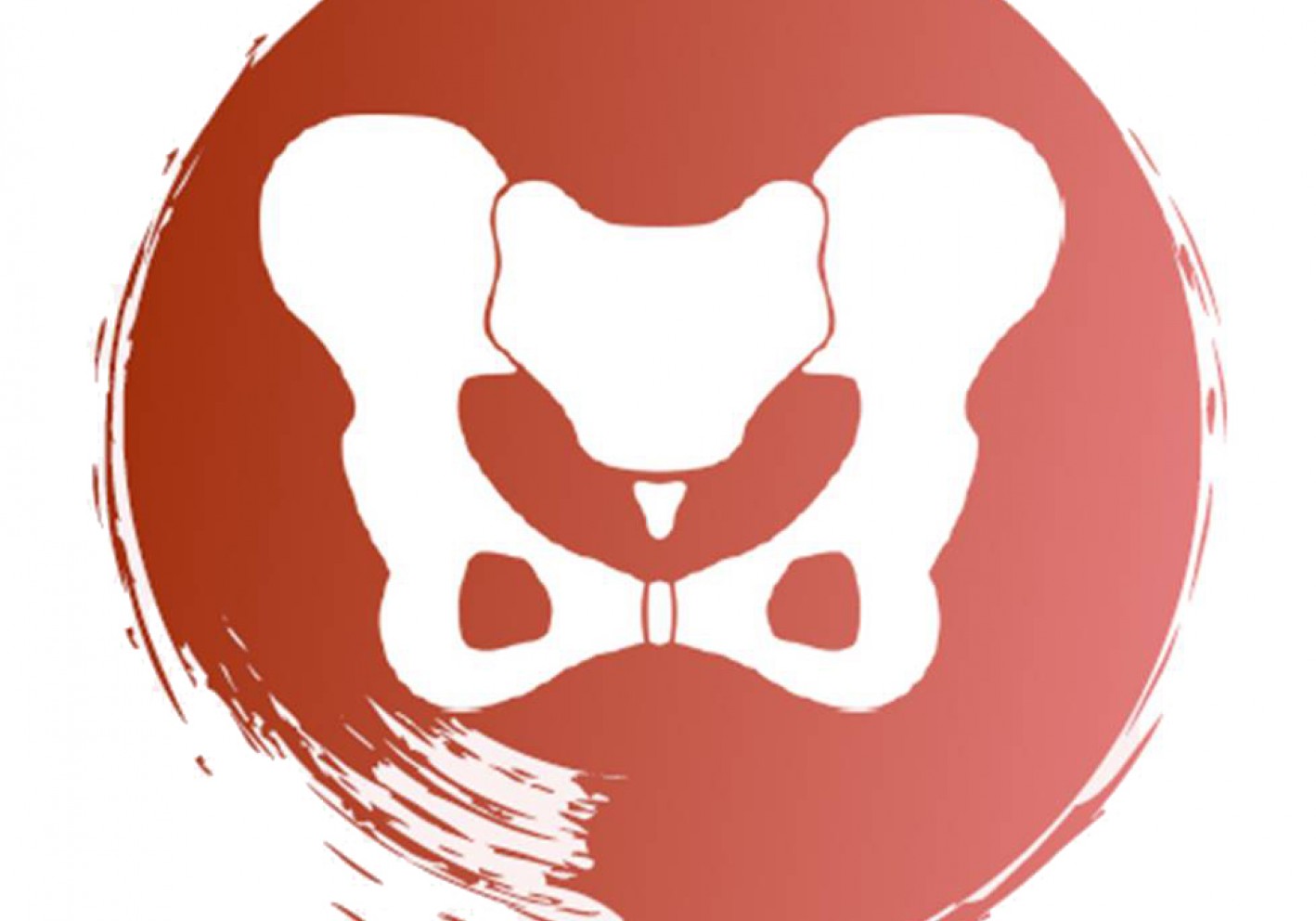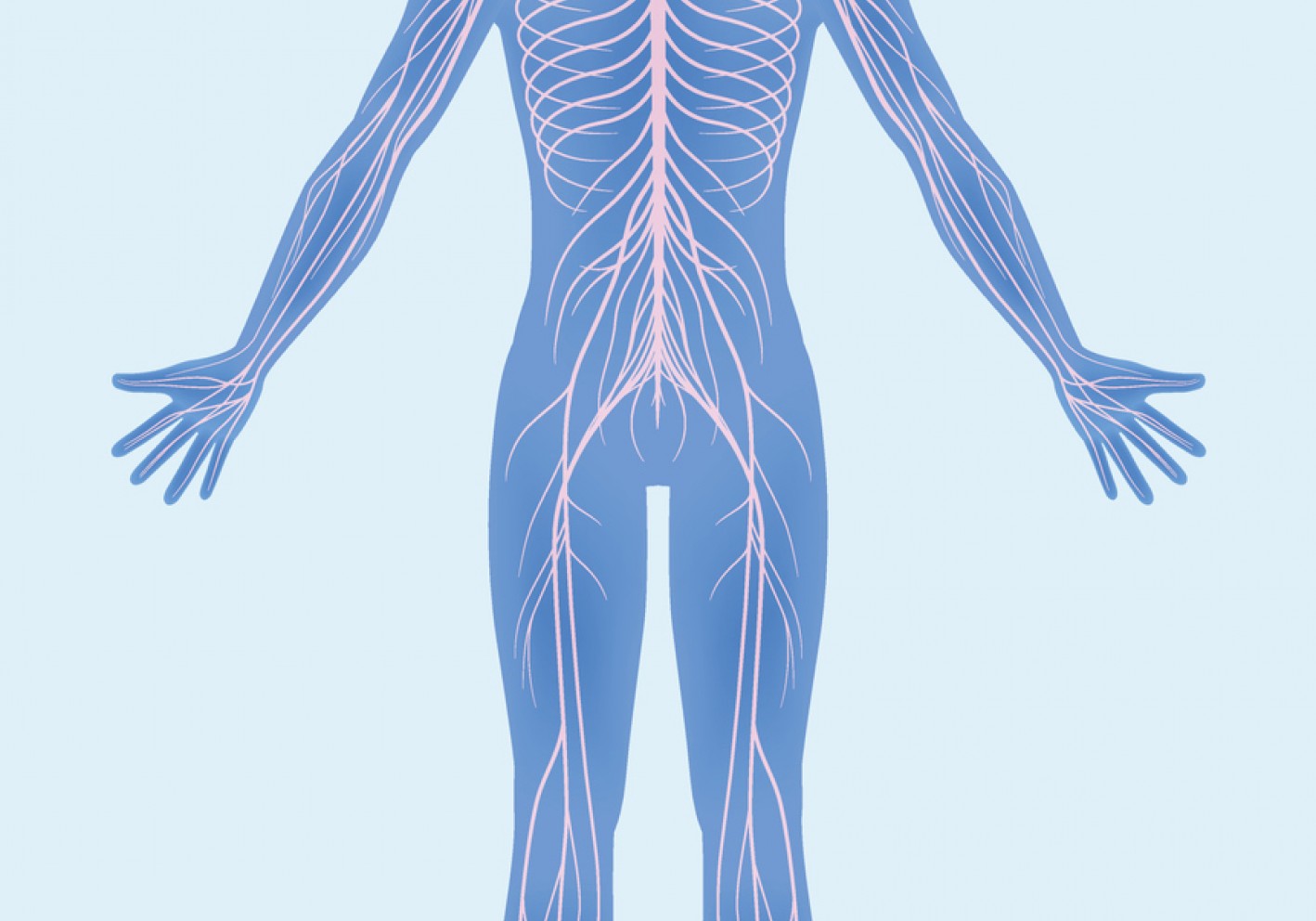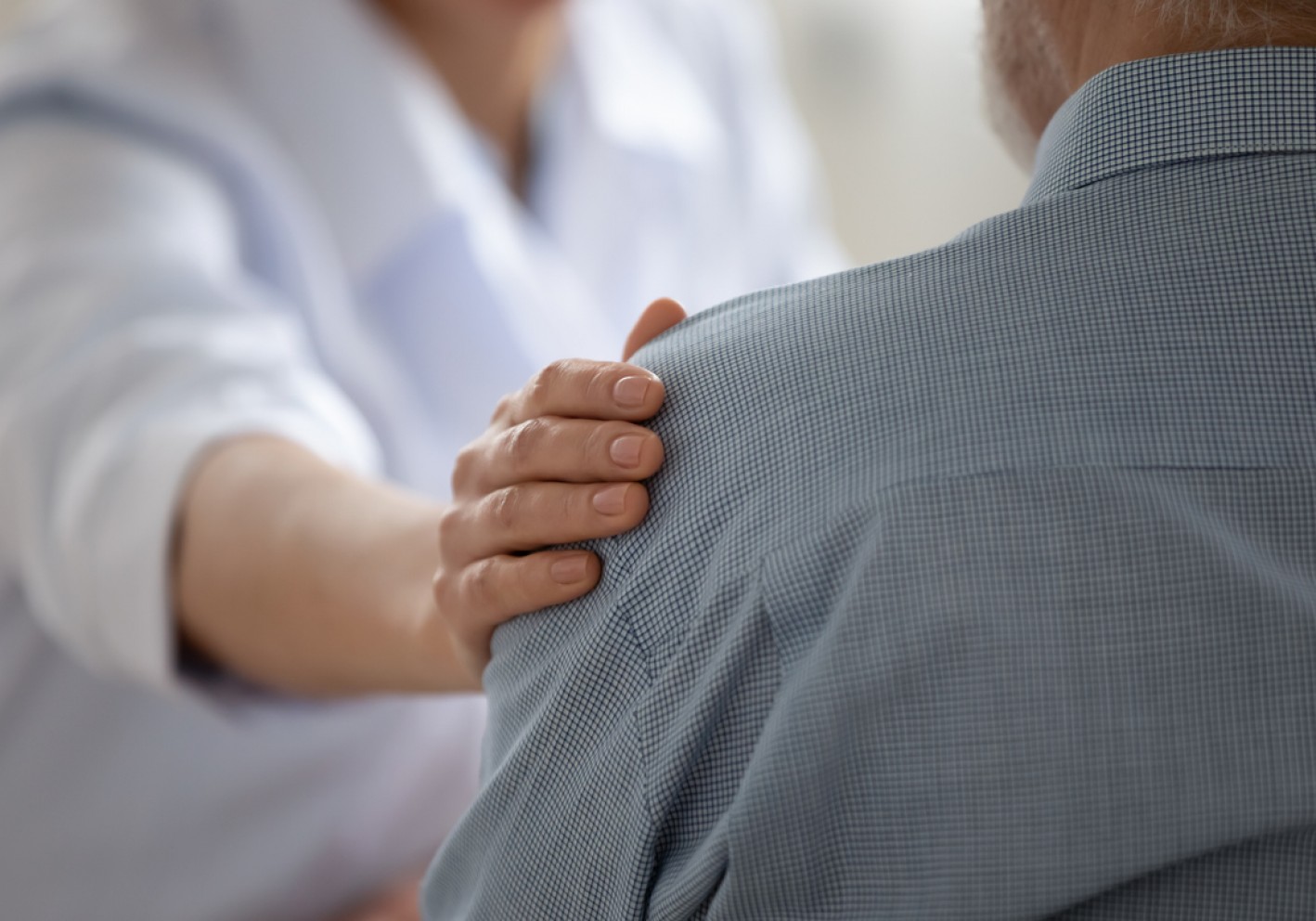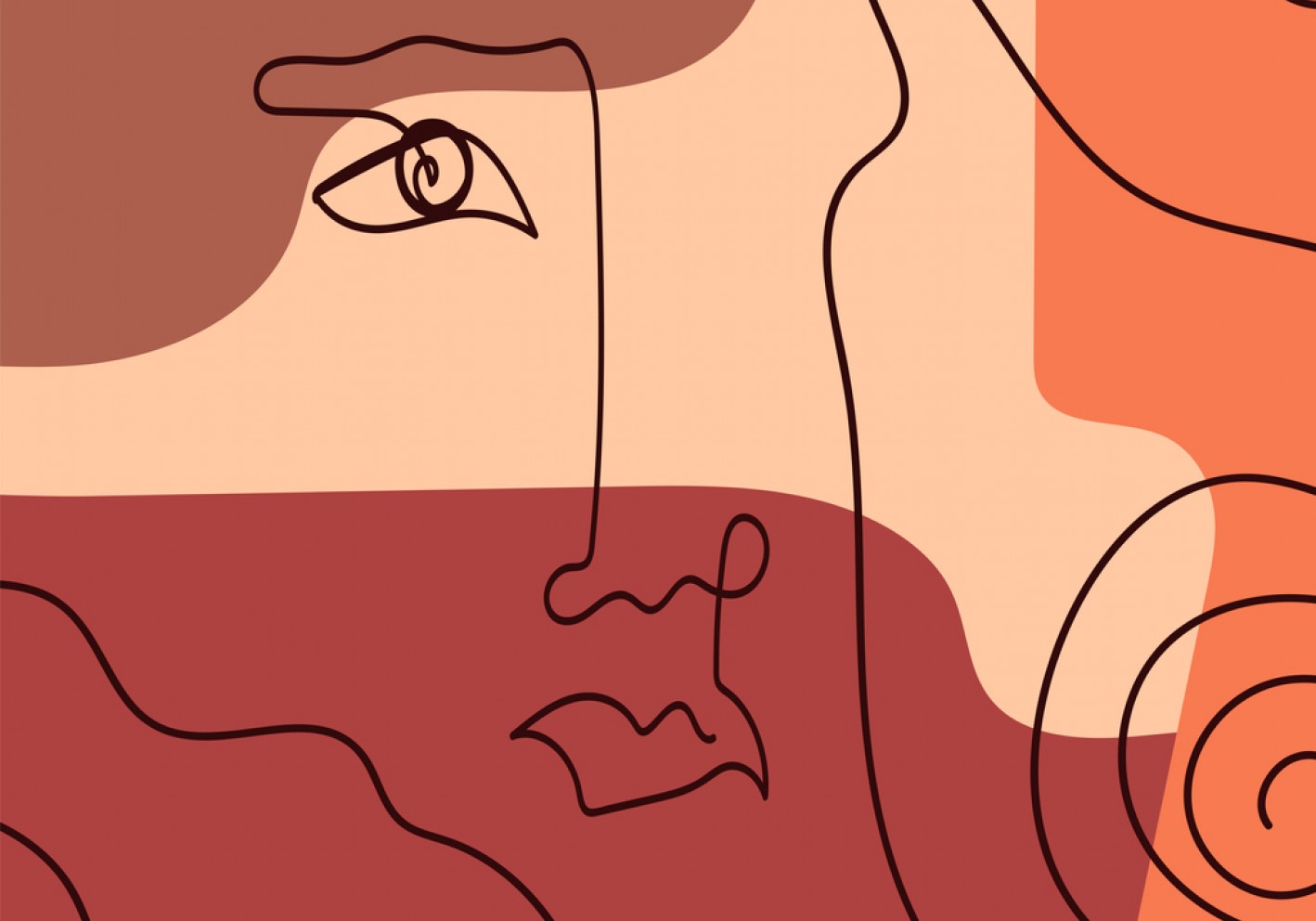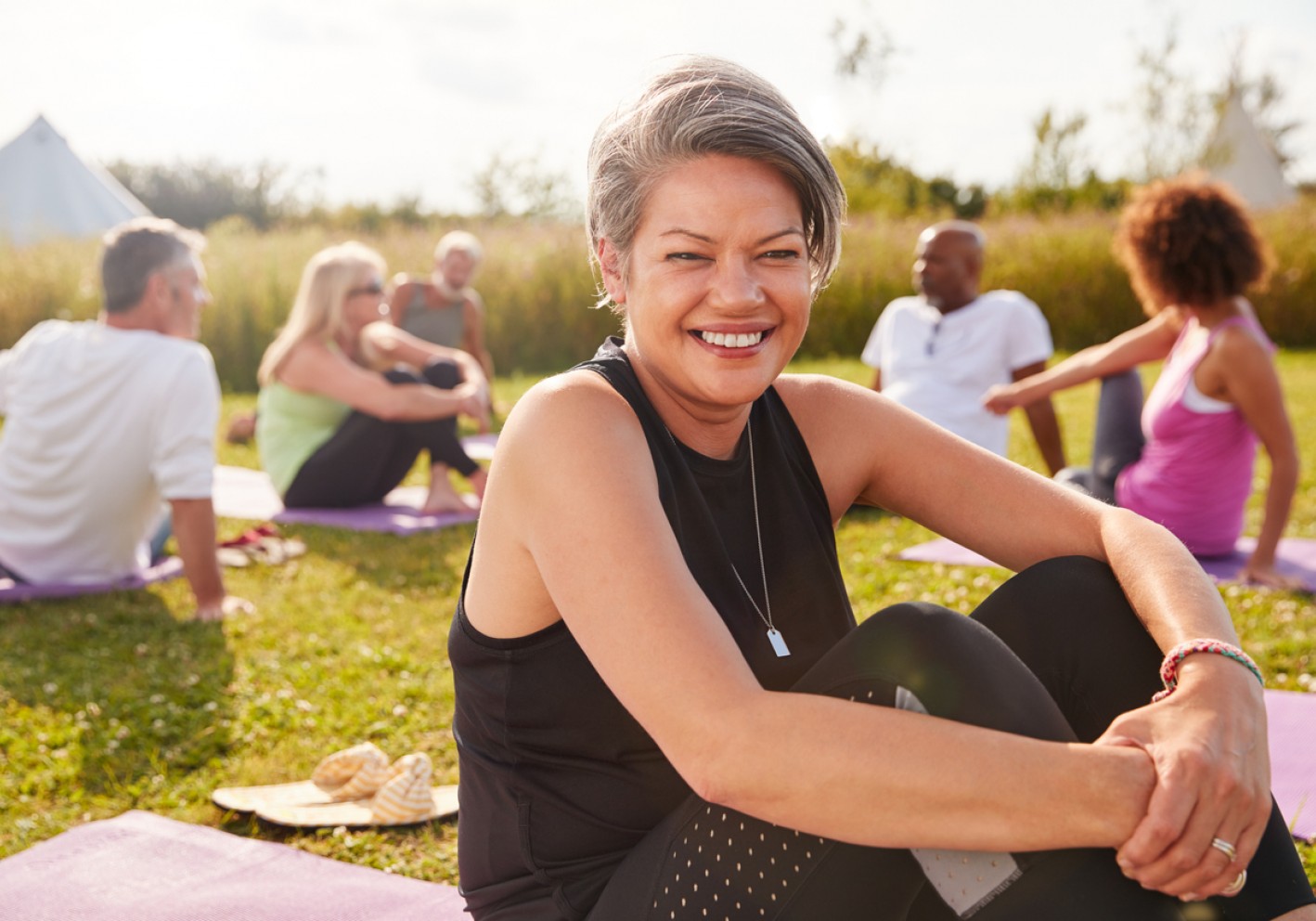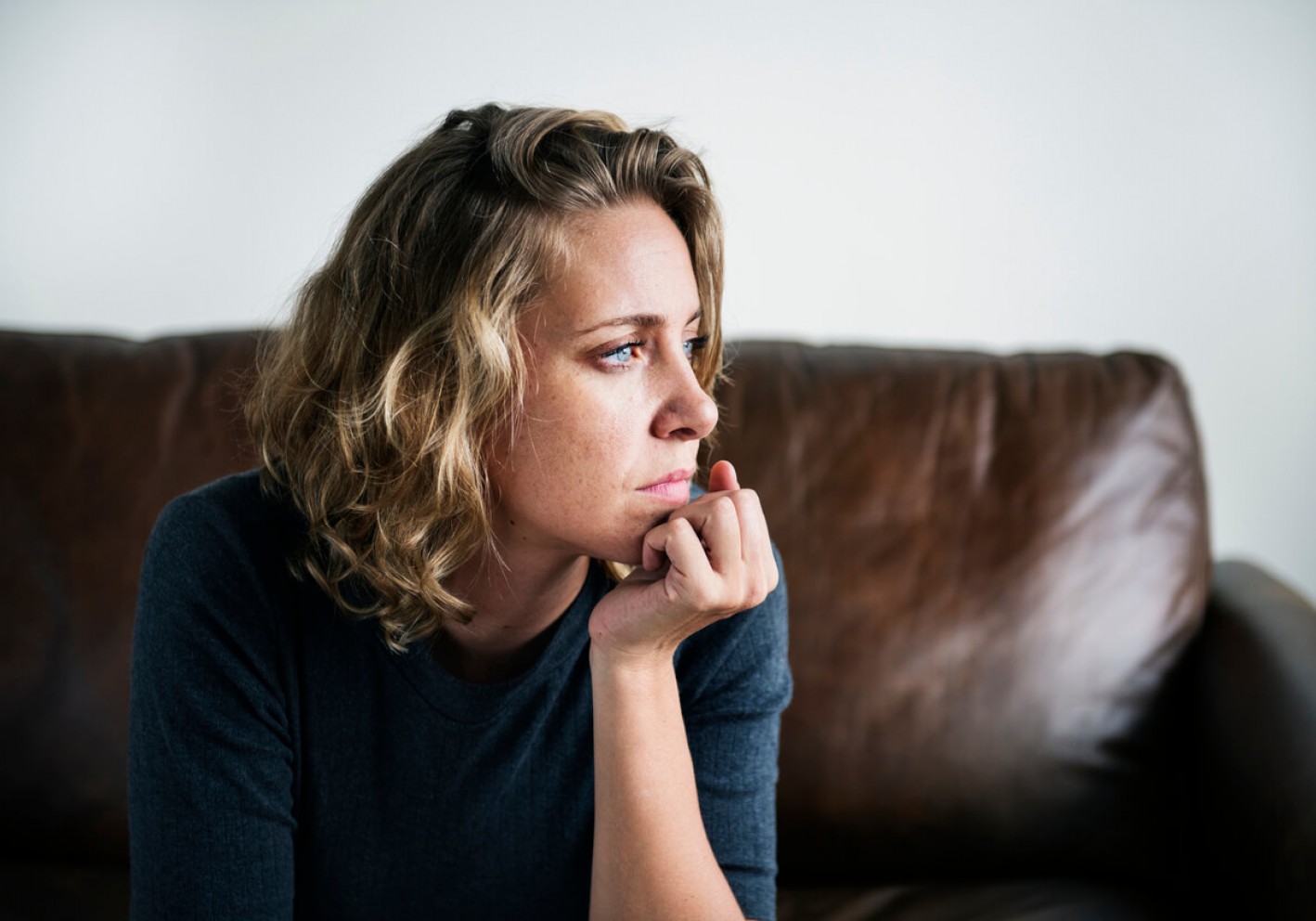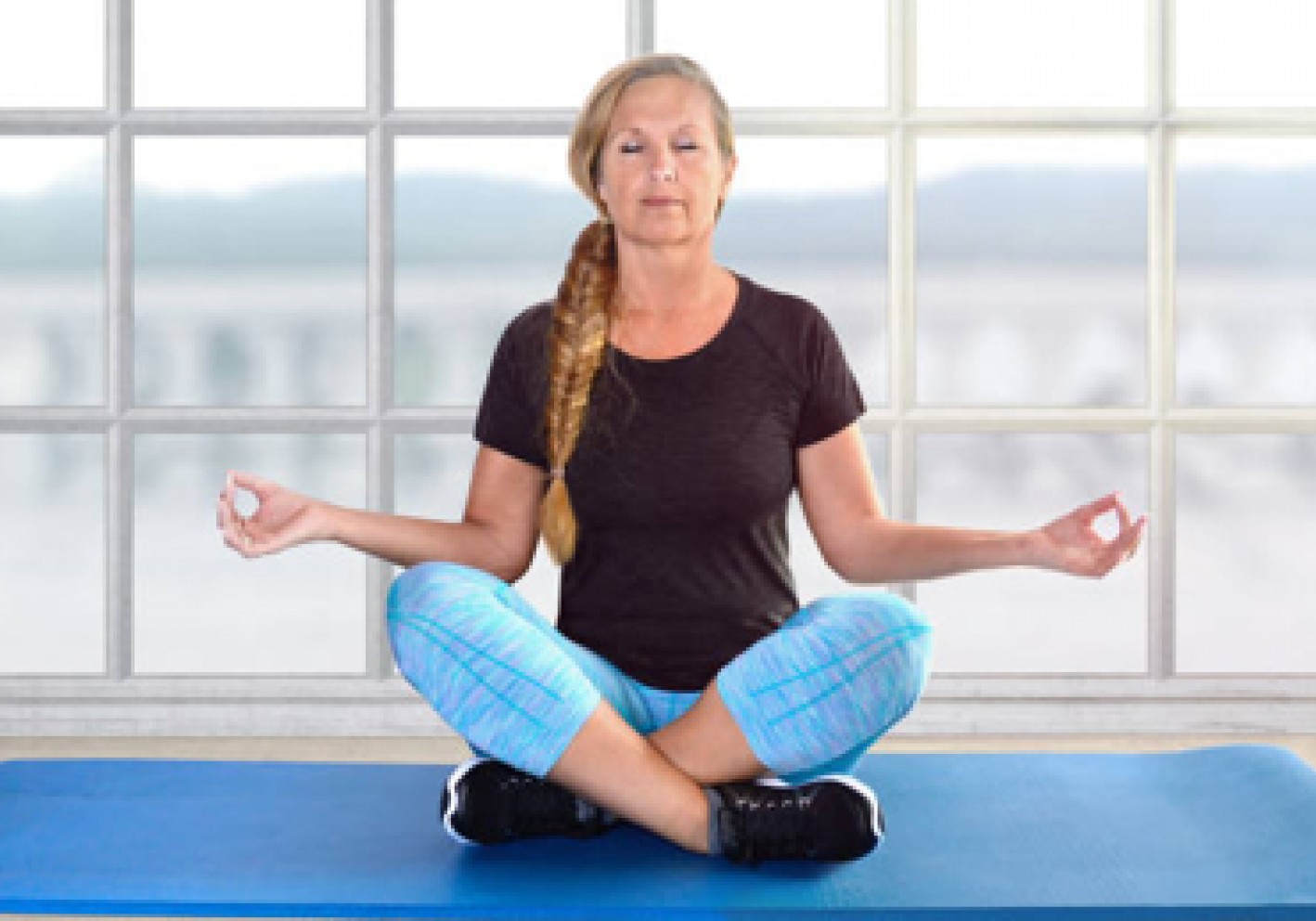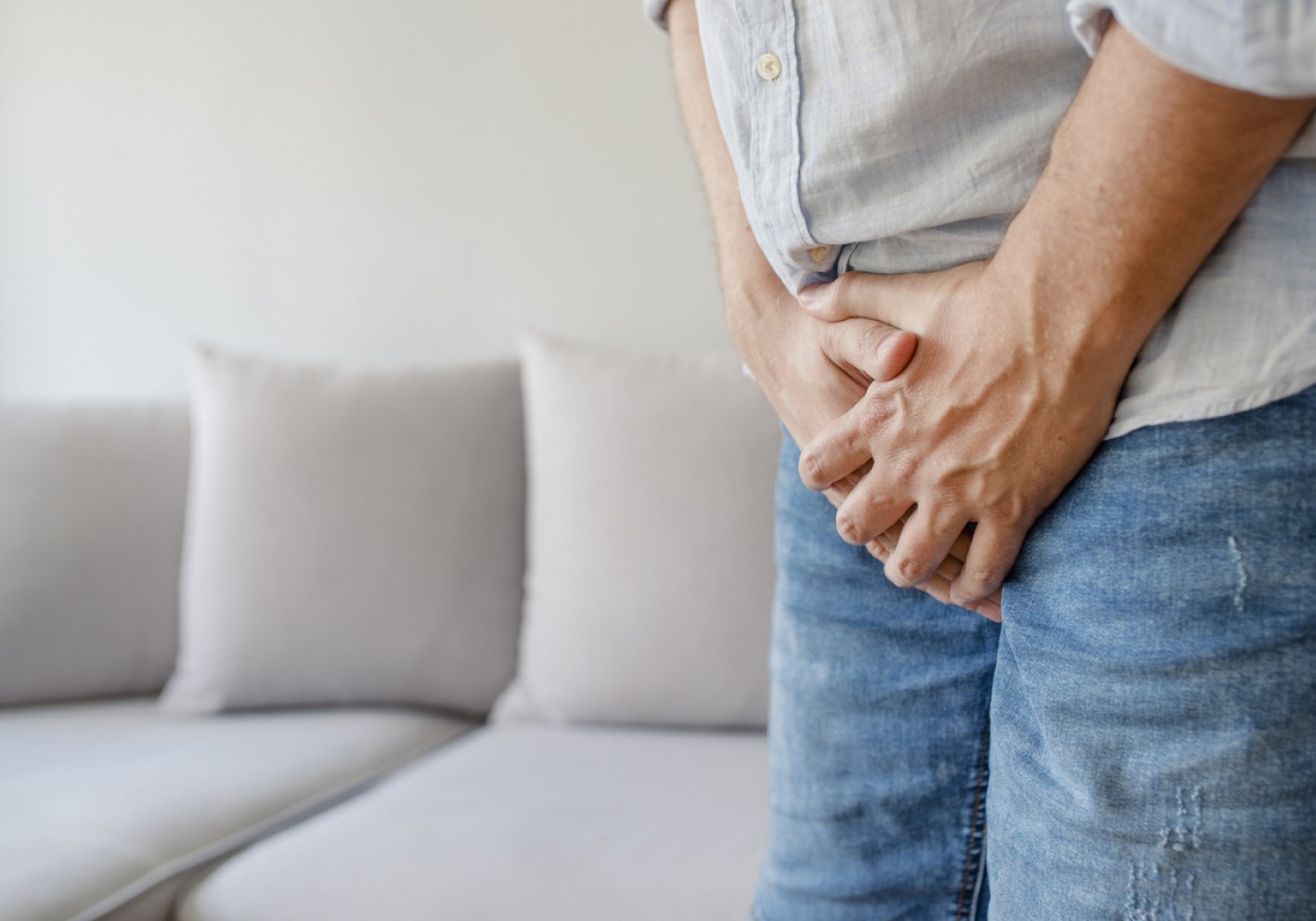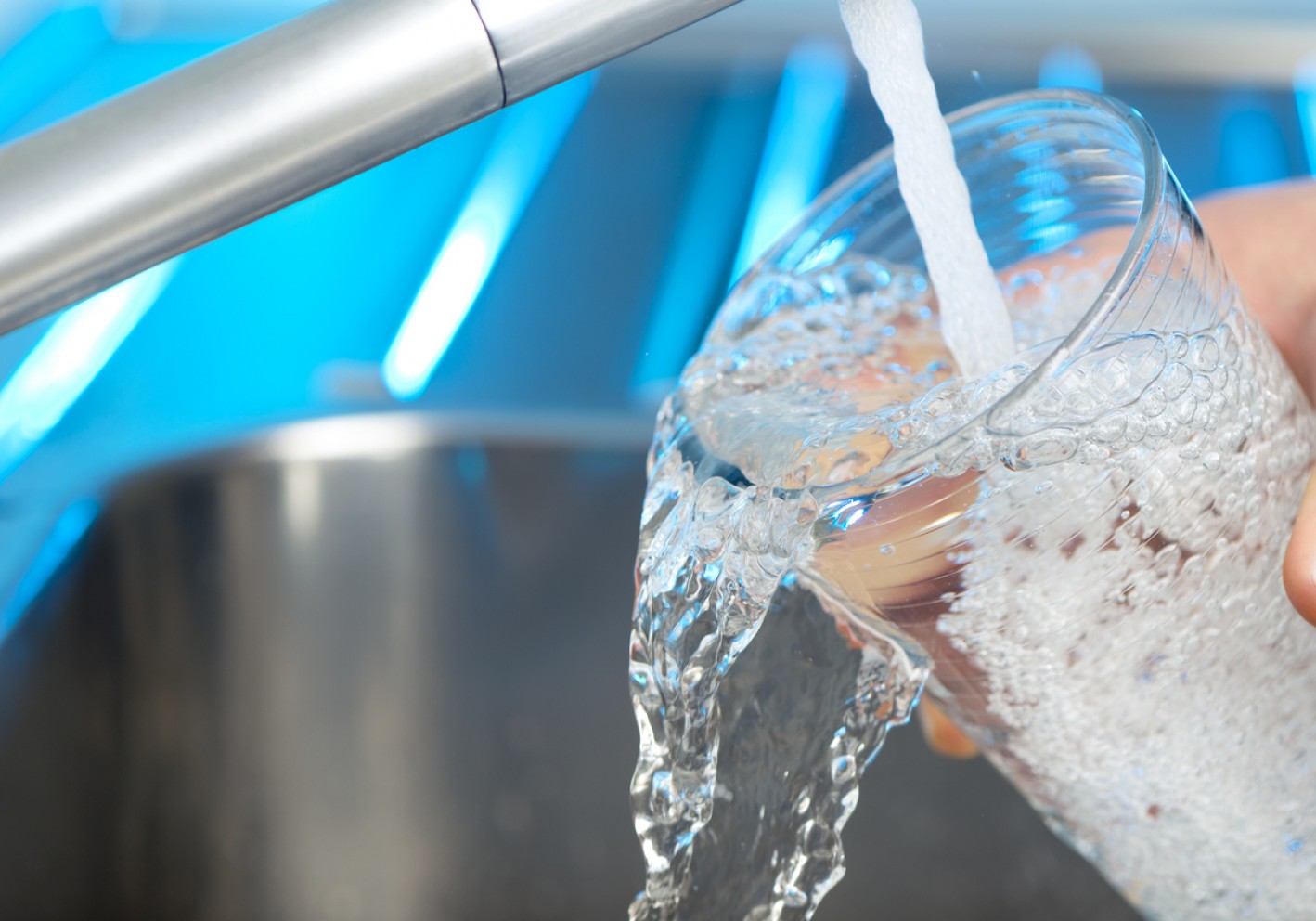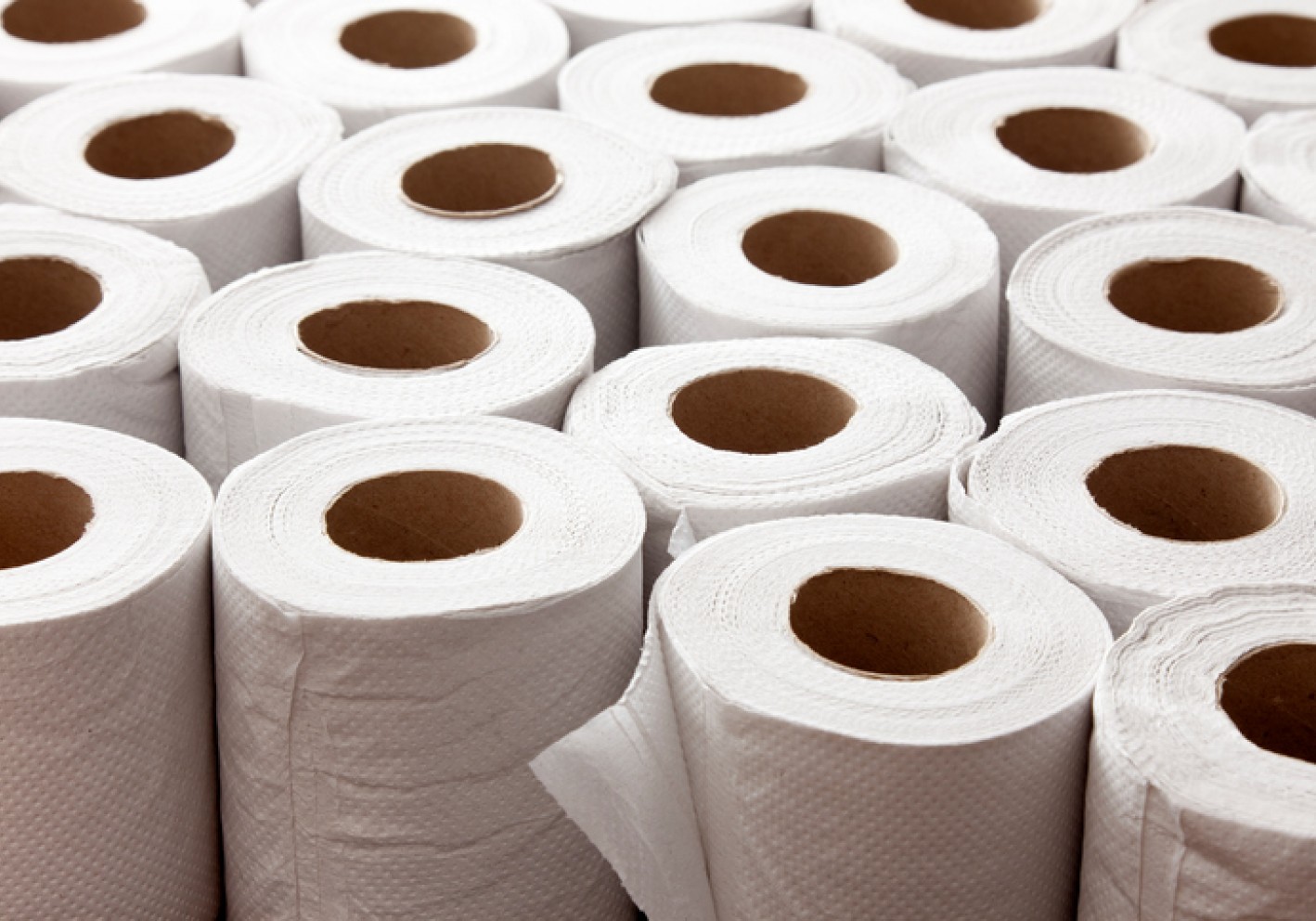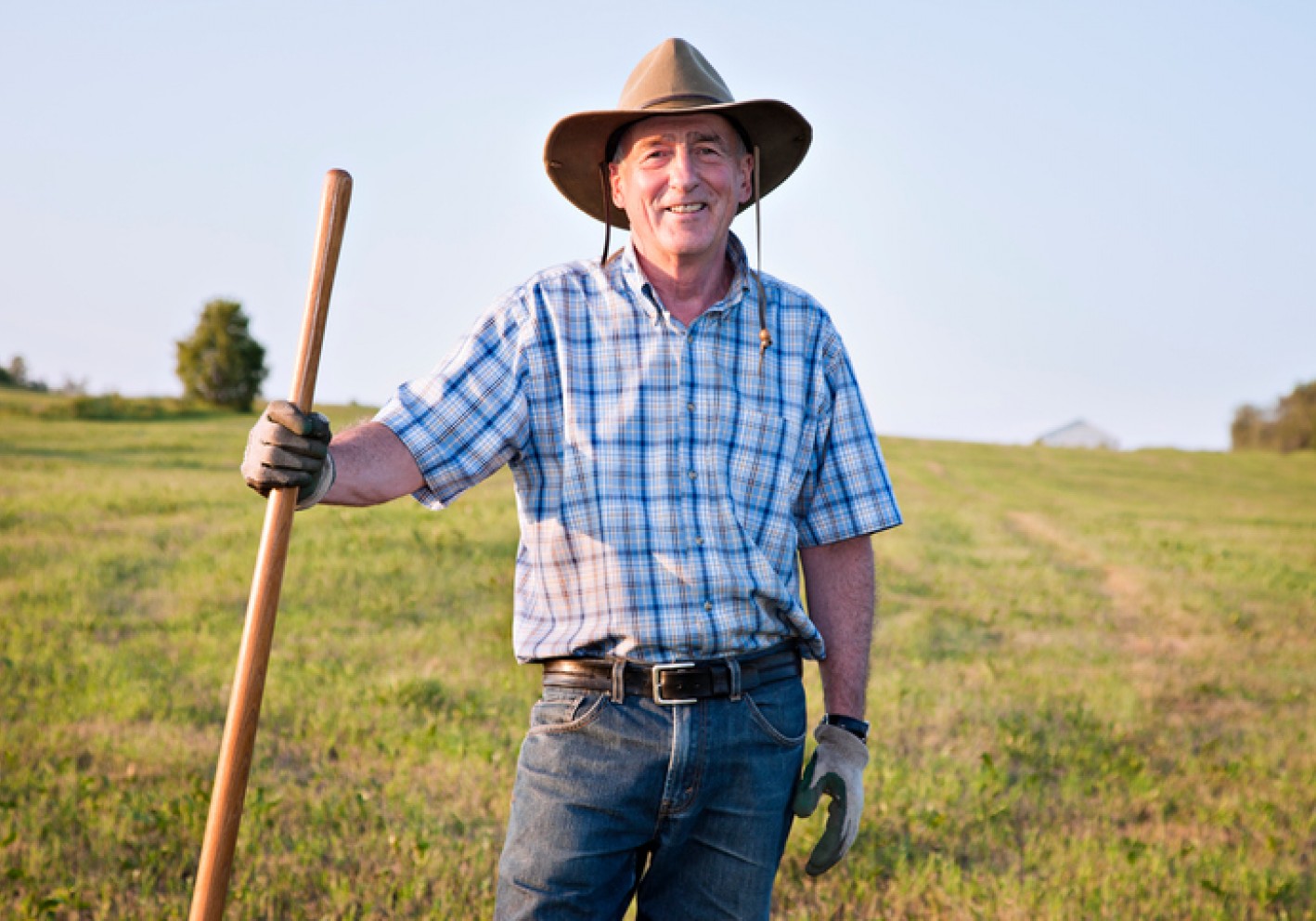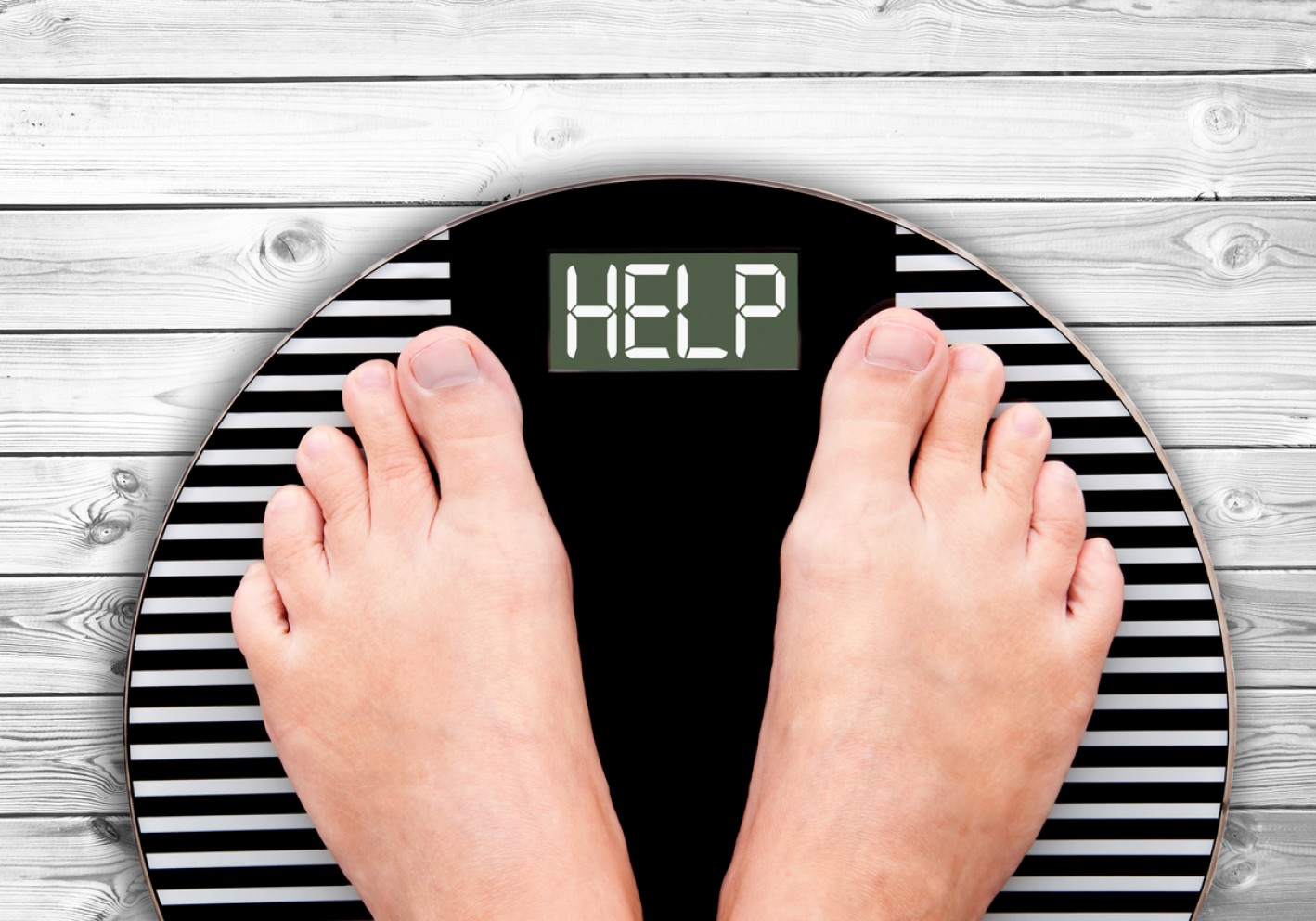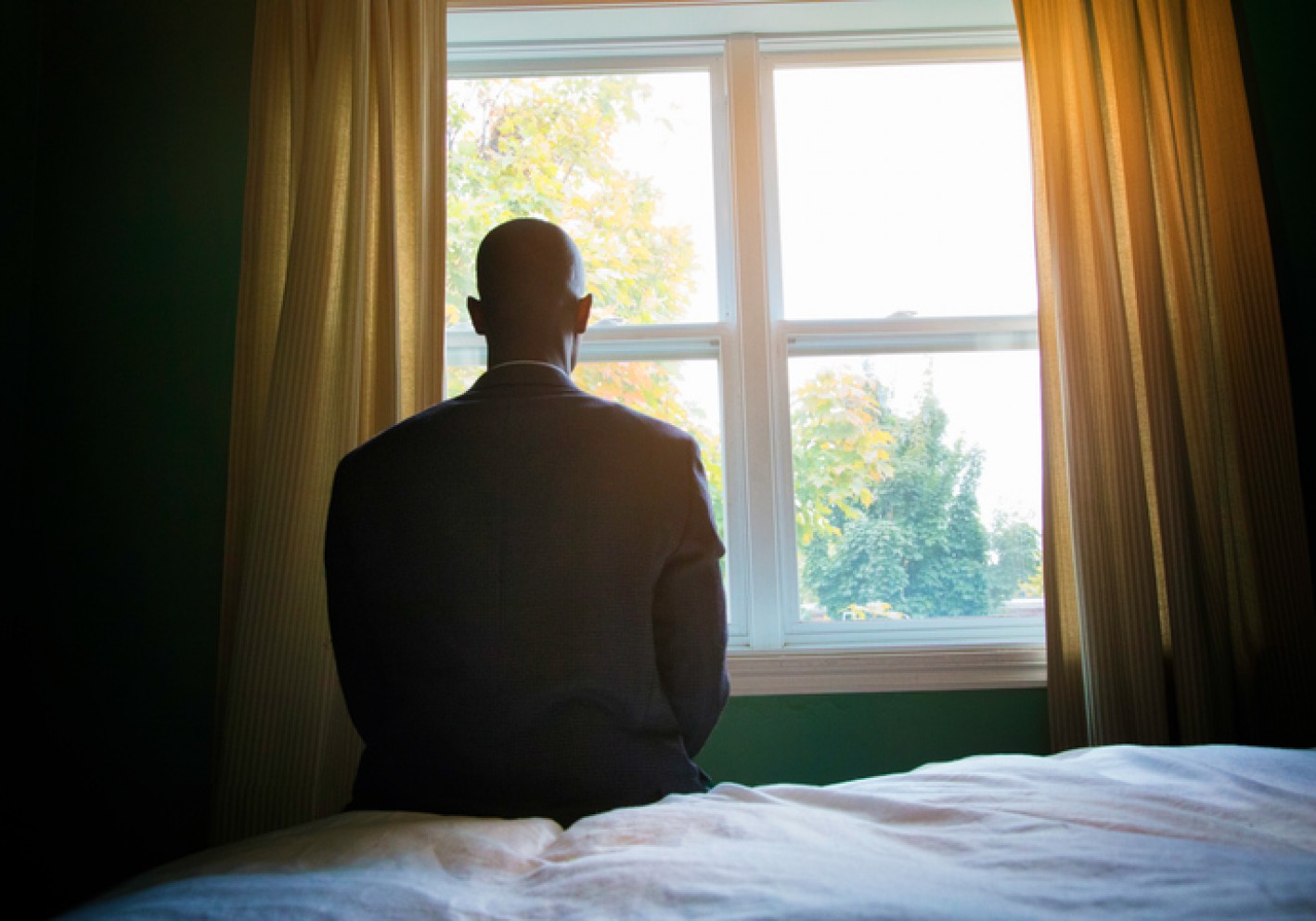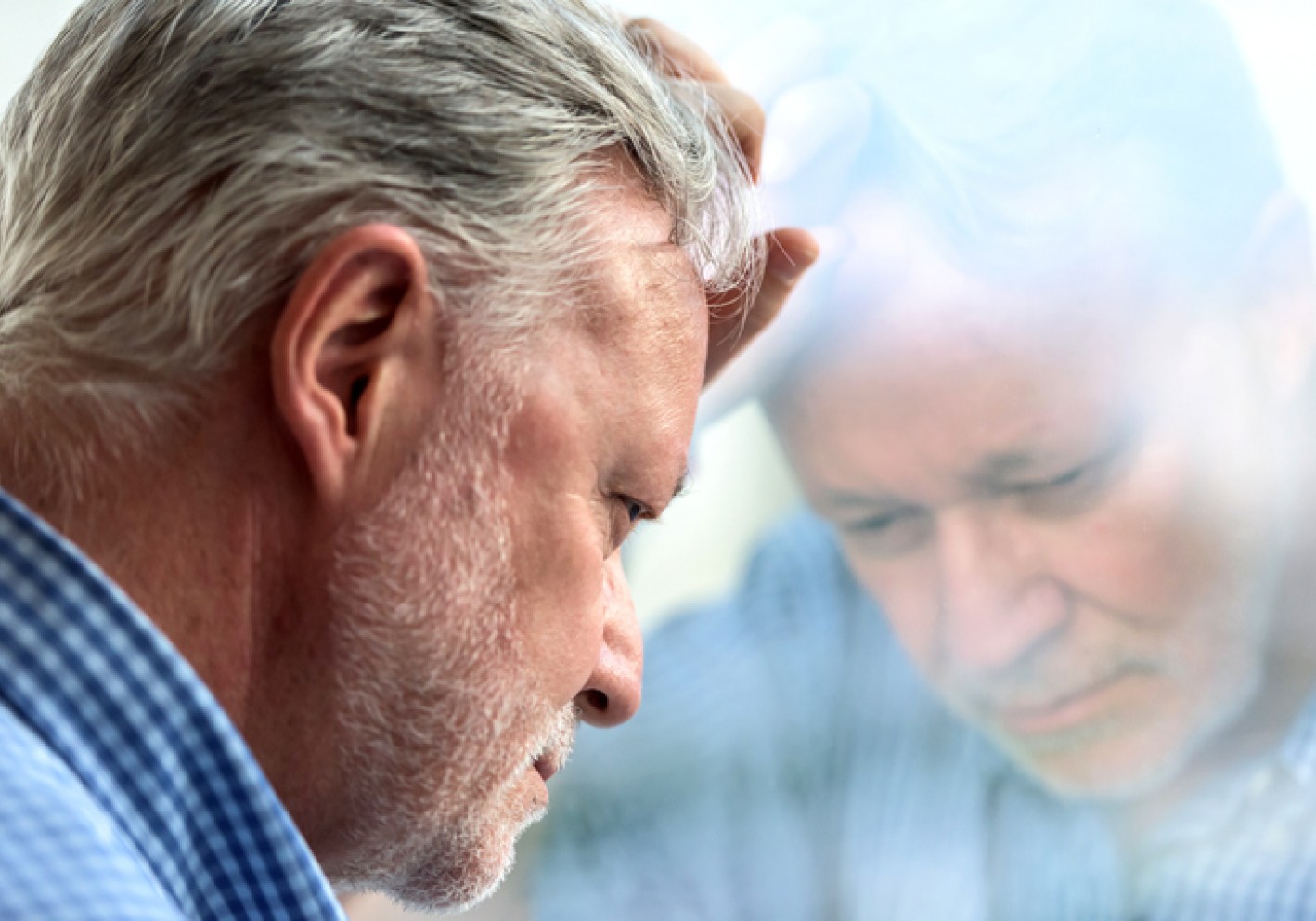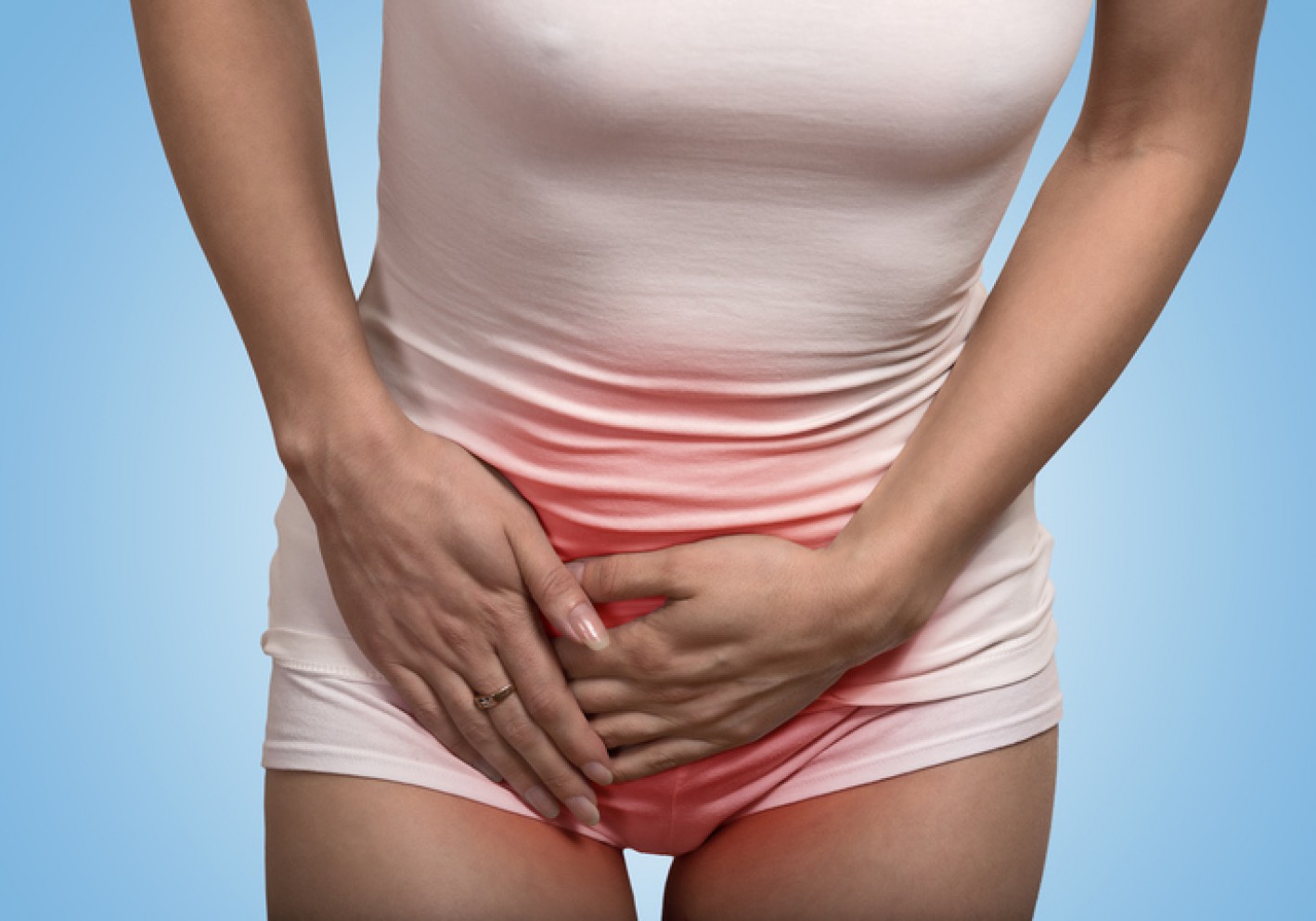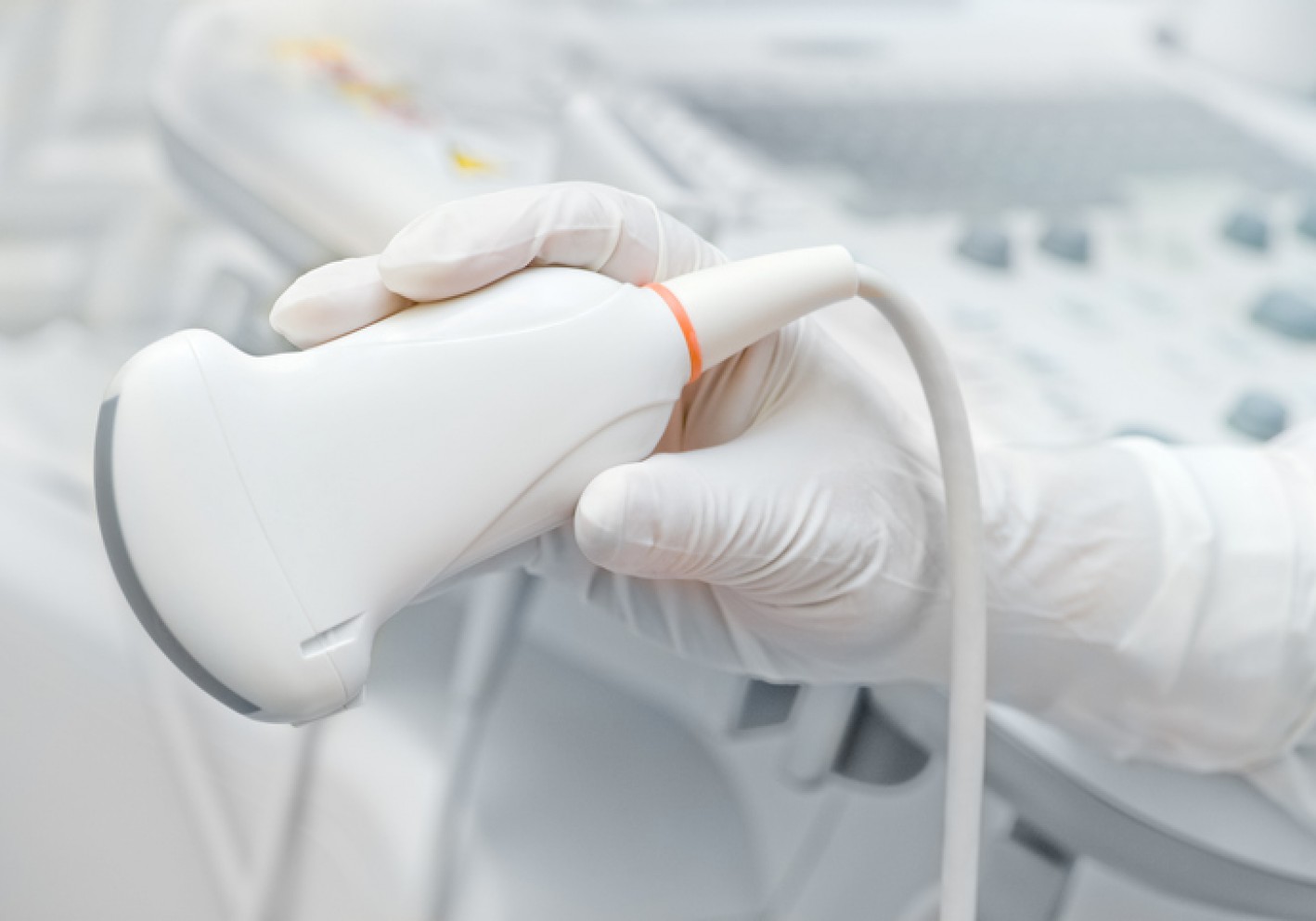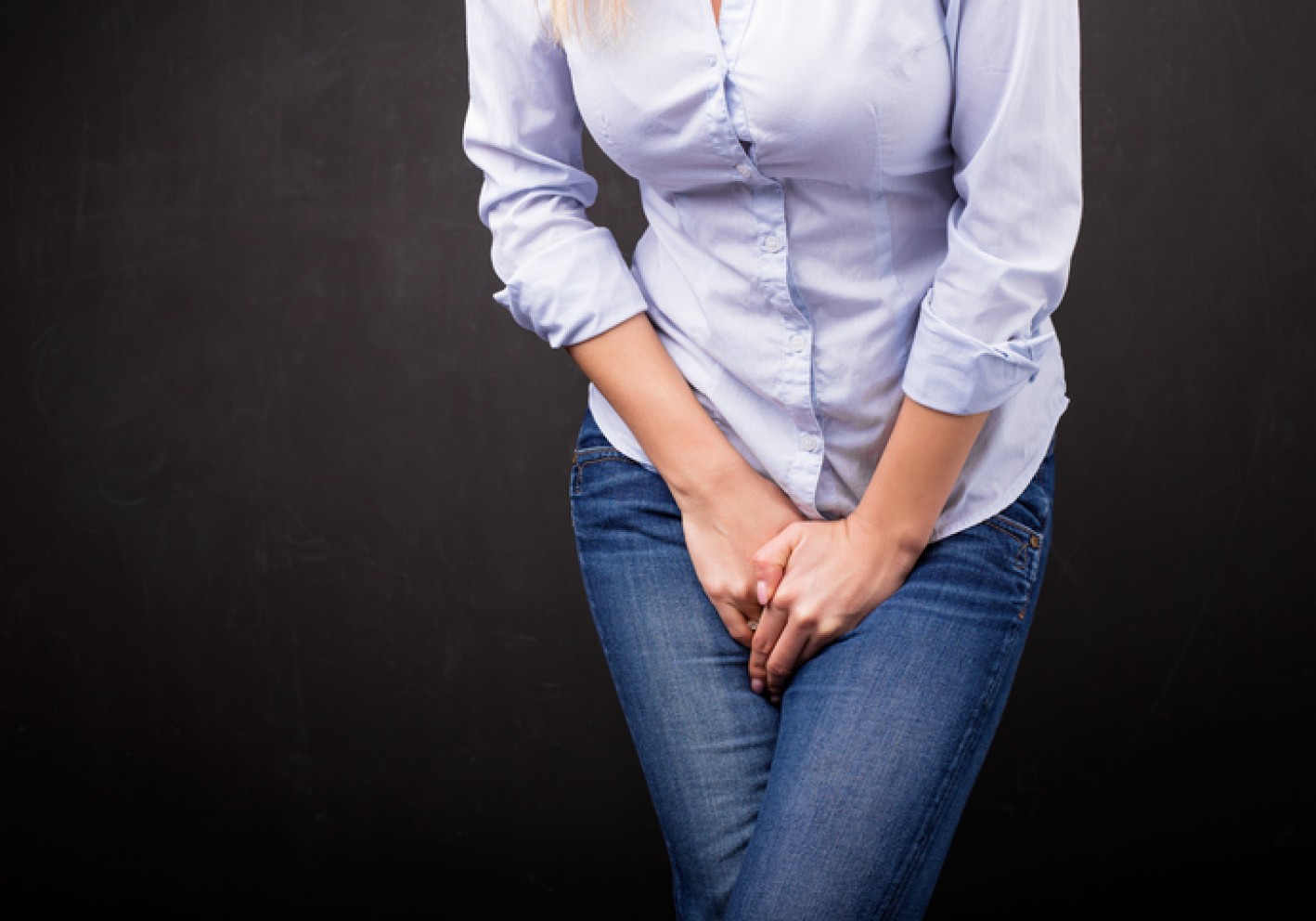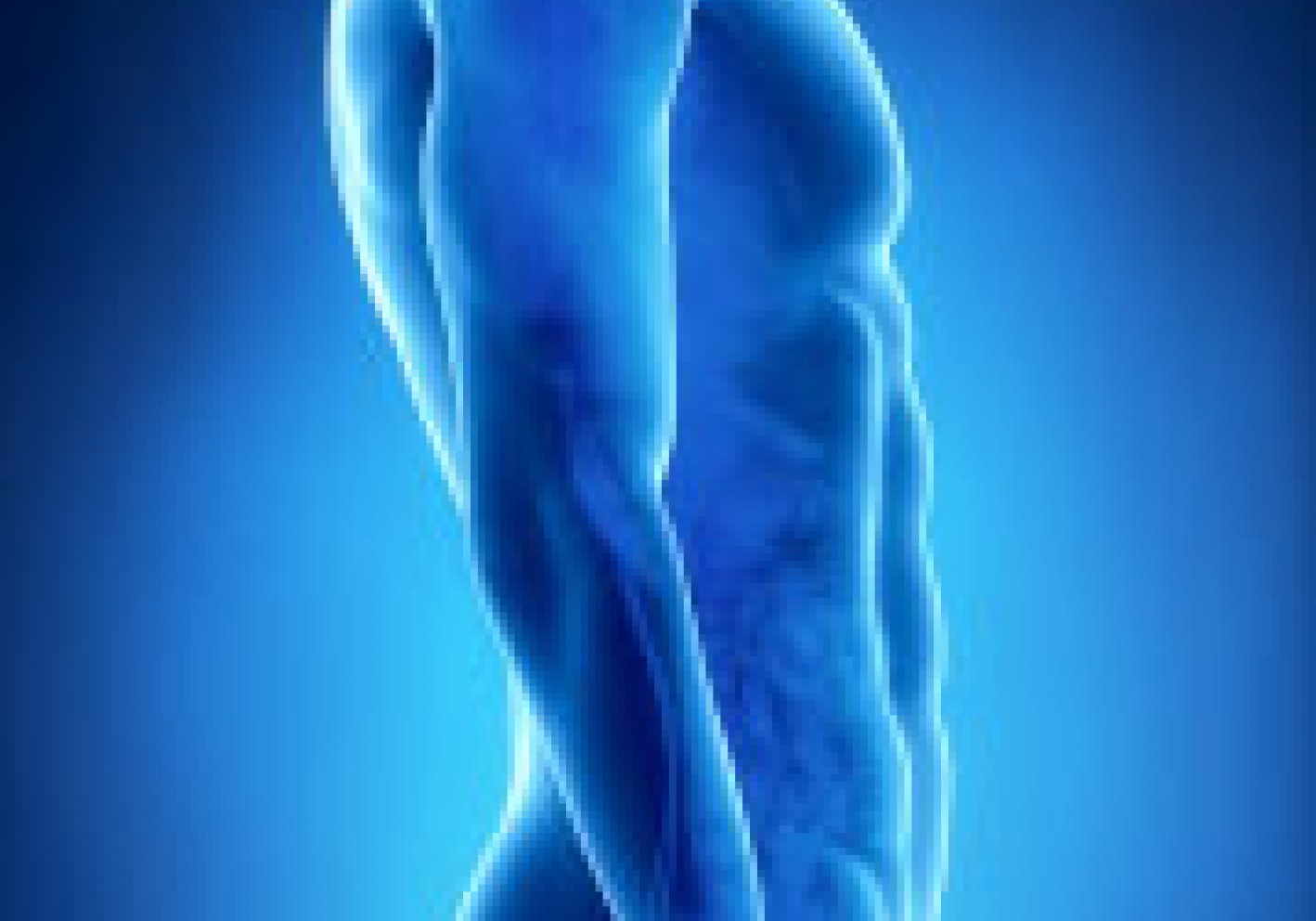Nocturia – More Than Just a Bladder Issue
Nocturia is often dismissed by patients and their health care providers as a trivial condition and normal part of ageing when in fact it is an independent predictor for early death(1).
A Paradigm Shift In Pregnancy-Related Pelvic Girdle Pain
The need for a biopsychosocial, whole person framework to manage low back pain and persistent pelvic pain has a strong evidence base and this is also slowly being acknowledged for Pregnancy Pelvic Girdle Pain. Based on this, at WMHP we have changed our approach to PPGP, however we are aware a strong biomedical bias in the diagnosis, language and management advice regarding PPGP persists.
Looking Outside The Pelvis In Persistent Pelvic Pain
According to the 2022 European Association of Urology Guidelines on Chronic Pelvic Pain, Persistent Pelvic Pain (PPP) is persistent pain perceived in structures related to the pelvis of either men or women. PPP can be further categorised as Chronic Primary Pelvic Pain, where there is no obvious pathology and Chronic Secondary Pelvic Pain, where there is specific disease or pathology associated...
We Can All Support The Psychological Impact of Prostate Cancer
Almost one-third of men with prostate cancer will experience some form of psychological distress across the different stages of the disease and throughout the treatment spectrum.
What’s New in Male Pelvic Health? PPI + PPPS Updates
We see people with a range of pelvic health issues that impact those born with male genitalia and reproductive, urinary and ano-rectal anatomy. International Men’s Health Week 2022 aimed to increase awareness of mental health issues. A staggering 1 in 8 Australian men experience depression and 1 in 5 experience anxiety at some stage in their lives.
Adverse Childhood Experiences: Implications For Adult Health
Did you know that adverse experiences in childhood can have a big impact on health later in life? A landmark study in 1998 known as the ACE (Adverse Childhood Experiences) study followed over 17,000 participants, investigating the impact of emotional and physical trauma in childhood on physical and psychological health later in life. The results were overwhelmingly clear that childhood abuse and...
Treating Incontinence, Empowering Women
Urinary incontinence (UI) is a significant problem for Australian women. Affecting 1 in 3 women of all ages, this is an issue that needs to be taken seriously. When a woman is not able to control her bladder, it can affect her life profoundly. Women will often stop exercising, withdraw from intimacy, have reduced self-esteem, and avoid engaging in things they enjoy. Shockingly, a large population...
Stress, Anxiety & Pelvic Pain: A Challenging Combination
We have noticed a recent dramatic increase in pelvic pain presentations that appear to be triggered by higher levels of stress and anxiety during the COVID-19 pandemic. When a patient presents with chronic pain, it is no longer acceptable to view them through a narrow lens. More and more research now supports what we have long known, that chronic pain is driven by a sensitised nervous system....
Explaining Pain Doesn’t Have To Be Painful
The research is now undeniable - educating a patient about the science of pain is an essential component of persistent pain care. Unfortunately, pain education is not easy and finding the right language is challenging for many health professionals. We know that education is therapy but just like all education, there is no one size that fits all. Everybody has a different story, different ways...
New ‘Magic Pill’ For Treating Erectile Dysfunction
Erectile dysfunction affects up to 1 in 2 men. Current typical treatment options include medication and lifestyle modification. A systematic review published this year has found a new “wonder drug” for erectile dysfunction and premature ejaculation. This magic pill has no side effects, is affordable, and is easy to administer. And you will never guess what it is….. Pelvic Floor Exercises!
Is A Tight Pelvic Floor A Strong Pelvic Floor?
“Isn’t it good for my pelvic floor to be tight? Isn’t a tight pelvic floor a strong pelvic floor?” These are two questions we are often asked, and the answer to both is NO! More and more commonly we are diagnosing pelvic floor muscle overactivity as a contributing factor to bladder and bowel dysfunction, pelvic pain and dyspareunia. Shan and Leonie attended a workshop at the International...
Case Study: LUTS following TURP
Anthony was referred to WMHP with incontinence and painful voiding 3 months after a transurethral resection of the prostate (TURP). This case study explores the complex and diverse aetiology of lower urinary tract symptoms (LUTS) and highlights the contribution of increased tension in pelvic floor muscles.
Fluid Intake And OAB: Less Is More!
Many health professionals endorse drinking 2 litres of water each day, despite a lack of scientific evidence to support this1. In patients with overactive bladder (OAB), excessive fluid intake is known to exacerbate urinary frequency and urgency. A new systematic review has just been published, investigating fluid intake and OAB, and the results are fascinating.
Better Bowels With Rectal Balloon Biofeedback
Rectal balloon therapy is emerging as an exciting biofeedback tool to effectively treat a variety of benign anorectal disorders. Wald and co-authors recently published the American College of Gastroenterology Clinical Guideline: Management of Benign Anorectal Disorders1, and strongly recommended the use of biofeedback with rectal balloon therapy for treatment of defecatory disorders, chronic...
Case Study: Post Prostatectomy Incontinence
Fred was referred to WMHP with significant incontinence after surgical treatment for prostate cancer. This case study is a fascinating example of the complexity and diverse etiological factors which can contribute to post-prostatectomy incontinence, and explores Fred’s journey on the road to recovery of continence.
Faecal Incontinence: The Role Of Ageing And Gender
Faecal incontinence (FI) affects up to 1 in 5 Australian men and 1 in 8 Australian women. This is higher than the prevalence of diabetes (6%) and asthma (11%). Dr Danette Wright, colorectal clinical fellow, recently delivered a fascinating presentation at the Continence Foundation Australia NSW State Meeting, discussing the role of ageing and gender in FI. Males and females are both affected by...
Weight Loss: The "Wonder Drug” For Incontinence
Australians are getting fatter, with 7 in 10 Australian men, 1 in 2 women and 1 in 4 children now being overweight or obese. Unfortunately these numbers are continuing to rise. Dr Lucy Bates, Urogynaecologist at Westmead Hospital in Sydney, recently presented at the Continence Foundation Australia NSW State Meeting, exploring the relationship between obesity and incontinence, and what we can do...
New Treatment Option For OAB: TTNS
Professor Suzanne Hagen, Scottish pelvic floor research guru, recently delivered a key note address at the 26th National Conference on Incontinence 2017. She discussed Transcutaneous Tibial Nerve Stimulation (TTNS) as a treatment option for overactive bladder (OAB). The research base supporting this treatment technique is growing. A systematic review published this year concluded that TTNS can...
Incontinence: Worse Than Death!
In a recent study, 55% of people considered having bladder and bowel incontinence to be 'worse than death'. Being incontinent was rated higher than 'relying on a breathing machine to live' (50%), 'being bed-bound' (45%), and 'being confused all the time' (40%). This result is staggering, and highlights the stigmatisation of incontinence. Professor Adrian Wagg, Canadian Geriatrician, shared this...
Highlights from the Post Prostatectomy Incontinence Masterclass
A Post Prostatectomy Incontinence Masterclass at the Asia-Pacific Prostate Cancer Conference 2017 was convened by Shan Morrison and Rachel Heerey. The masterclass brought together experts in urology, pelvic floor physiotherapy, nursing, and psychology. We were very lucky to have such an expert faculty presenting on the day, including surgeons Mr Daniel Moon, Mr Peter Sutherland and Mr Homi...
CPPS: The ‘Black Hole’ Of Men’s Health
Chronic Pelvic Pain Syndrome (CPPS) is only recently being recognised as the “black hole” of men’s health. It’s not well understood by health professionals and has a huge impact on men’s physical, emotional and social health and wellbeing. A holistic management approach is needed to address the complex influences of psycho-social factors as well as the biological ones.
10 Tips For Managing IC / PBS From Professor Curtis Nickel
Interstitial cystitis / painful bladder syndrome (IC/PBS) is a complex condition, and often difficult to treat. Professor Curtis Nickel, urologist and pelvic pain guru from Canada, was a key note speaker at the recent USANZ conference, and shared ‘10 Tips For Managing IC/PBS’. His overwhelming message, loud and clear, was that IC/PBS is a multi-factorial condition, and a multidisciplinary...
Transperineal Ultrasound (TPUS): An Exciting Technology
Real time 2D transperineal ultrasound imaging is emerging as an exciting technique for both pelvic floor muscle assessment and training. Far superior to the transabdominal approach, it’s a valuable tool to use with patients before or after radical prostatectomy, prolapse, pelvic pain, obstructed defecation, or voiding dysfunction.
Understanding Urgency And Centralisation In OAB
There is an emerging body of research that supports the role of centralisation in patients with overactive bladder (OAB). Urgency is no longer considered a direct representation of detrusor overactivity, rather it’s a multidimensional sensory experience. This knowledge enables reconceptualisation of current first-line conservative treatments for OAB, with the potential to improve their efficacy.
PPI – The Benefits Of Prehab Pelvic Floor Training
Urinary incontinence is a common problem after surgery for prostate cancer and it has a huge impact on quality of life. Over 15 years ago, when we started seeing men post-operatively, there was minimal research and understanding of the contribution of the pelvic floor to the male continence mechanism. Since then we have learnt so much about how to optimise recovery of post-prostatectomy...



